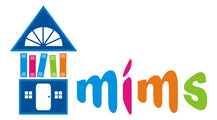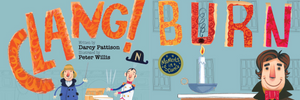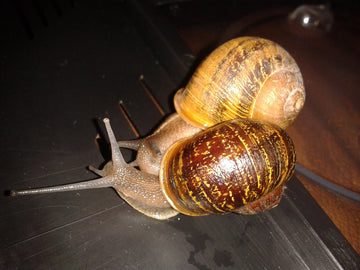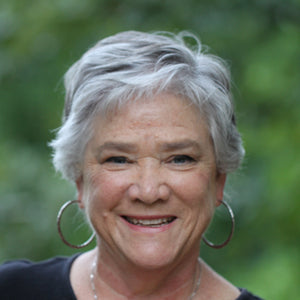Physics so easy, a second grader could learn it!
Light and sound. These are two very large concepts in the field of physics, but Pattison has shrunk the concepts down to where even a second grader can understand them!
In Clang! and Burn, both of these books focus on their respective subjects. Burn focuses on light, while Clang! focuses on sound.
Both of these stories capture glimpses of big moments in science and come with a FREE LESSON PLAN! Click the book covers to view the book and bring these lessons to your physicists-in-training!
Burn
Travel back in time to December 28, 1848 with Burn. During what is now know as the best science experiment ever, Michael Faraday, a British scientist, encouraged kids to observe a candle and figure out how it burned.
Faraday's lecture, "The Chemical History of a Candle" has never been out of print since its original publication in 1861, but hasn't been formatted into a book for kids. In this book, Pattison has adapted the first 6000-word lecture into 650 modern day words for modern day elementary students.
Clang!
What if something you did was so interesting that even the emperor wanted to see them?
That's exactly what happened to Ernst Chladni (KLOD-nee), the father of acoustics.
His scientific endeavors were written down in his native language of German, but his french scientist friends wanted to read it too. The only problem was that he needed cash to do it. How would he be able to get it to translate his book?
In the year of 1806, Chladni departed on a three-year road trip across Europe, entertaining his fellow Europeans using science.
In 1809, his friends took him to the Tuilere Palace. This elementary picture book recounts the meeting between Chladni and Napoleon in a dramatized way.
Make sure to click on the book covers not only to view the book, but also the FREE LESSON PLAN that comes with them!






